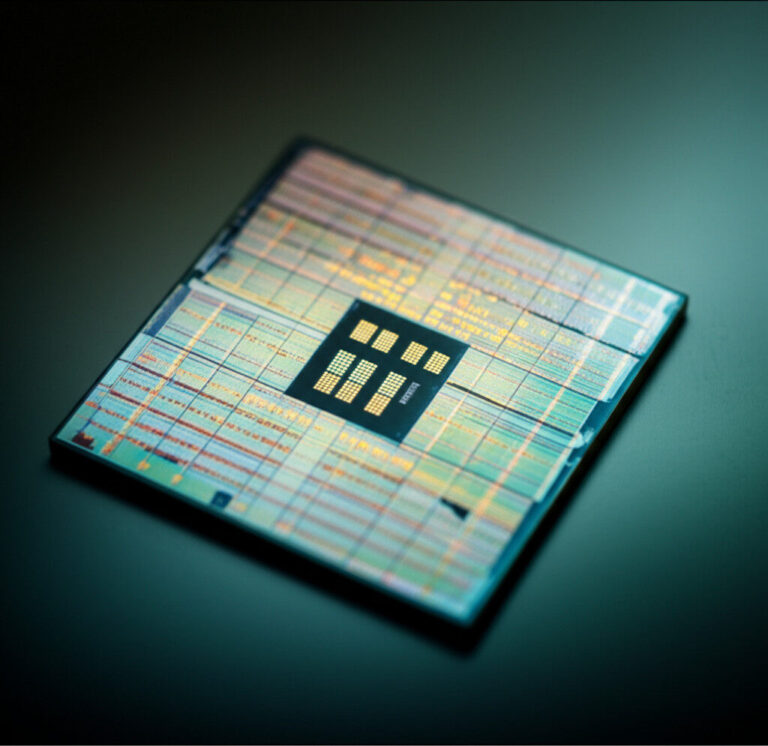The global semiconductor shortage, a persistent headache for industries worldwide over the past few years, appears to be nearing a turning point. After disrupting everything from automobile production lines to the availability of new gaming consoles, experts are now forecasting a gradual easing of supply constraints as we move into the latter half of 2024. This glimmer of hope suggests that the bottleneck that stifled innovation and consumer access may finally be loosening its grip, bringing a sigh of relief to manufacturers and consumers alike.
However, while the broader picture brightens, the semiconductor landscape remains far from uniform. This anticipated recovery isn’t a blanket solution for all chip types. Specialized, high-performance computing units, particularly those integral to the burgeoning fields of artificial intelligence and advanced data processing, are projected to remain in tight supply. This divergence highlights a bifurcated market, where general-purpose chips become more abundant, but the cutting-edge components powering the next generation of technology continue to be a competitive commodity.
Several factors contribute to this evolving scenario. On one hand, increased manufacturing capacity and the strategic diversification of supply chains by major players are helping to mitigate past vulnerabilities. Companies have learned valuable lessons about over-reliance on single regions or suppliers. On the other hand, the insatiable demand for AI-driven solutions, coupled with the complex, capital-intensive nature of producing advanced nodes, ensures that the most sophisticated chips remain a bottleneck. Geopolitical tensions and the fluctuating cost of raw materials also continue to cast long shadows over long-term stability.
For consumers, this could mean better availability and potentially more competitive pricing for everyday electronics, but perhaps continued scarcity and premium costs for devices featuring the very latest AI processors. For industries, it signals a shift from broad supply chain scrambling to a more targeted battle for critical components. Businesses will need to become even more strategic in their procurement, potentially redesigning products to accommodate available chips or investing directly in R&D to optimize for future supply trends rather than just current market offerings.
Ultimately, the journey beyond the ‘great chip shortage’ is not a return to business as usual, but an evolution into a more complex, nuanced supply environment. The challenges ahead involve not just securing enough chips, but securing the *right* chips to fuel innovation, especially in high-growth sectors like AI. This period demands continued vigilance, strategic investment, and international collaboration to ensure a resilient and equitable future for the digital economy.
Source: Industry Insights Daily


